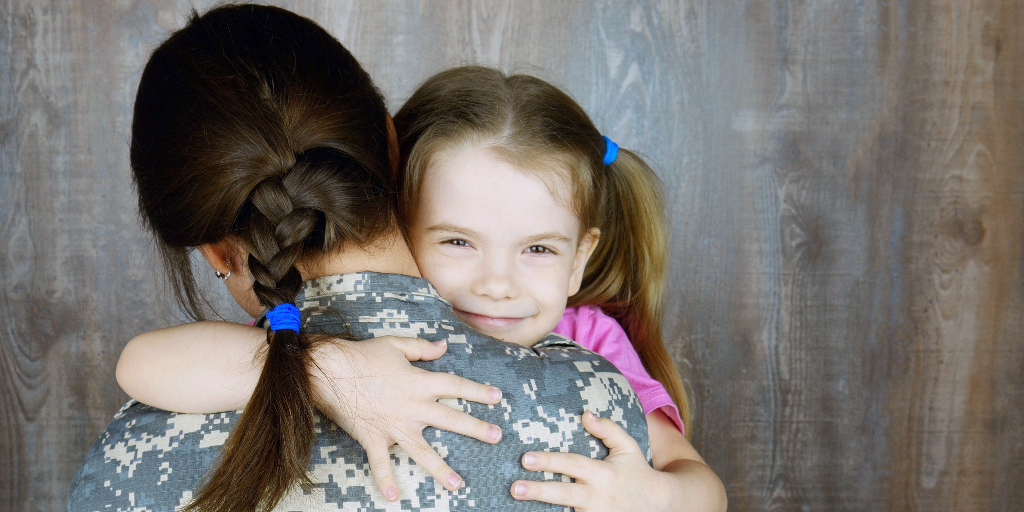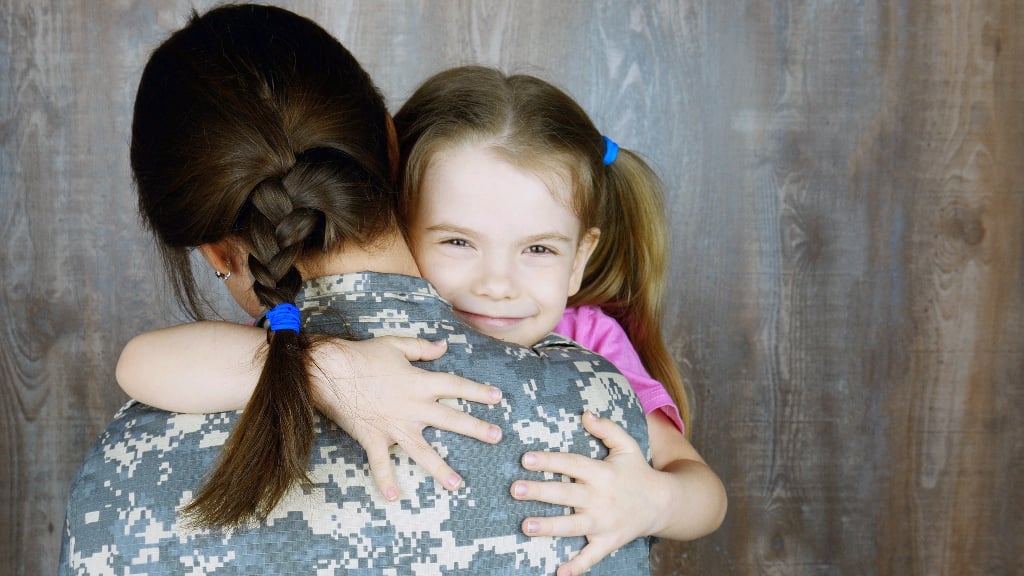
Charlene Bader reflects on Mary's Fourth Sorrow, Meeting Jesus on the Way to Calvary, in light of our basic human desire to be touched.
What a moment of solace for Jesus to encounter a caring face among an angry crowd.
Scripture doesn't record Mary meeting Jesus on His way to be executed. However, John 19 confirms Mary's presence during his final suffering, and tradition has long held she met Jesus as He carried His cross.
It's said the soldiers jeered at Mary, labeling her a failure as a mother. Why else would her son be executed by the state?
Could Mary and Jesus hear each other amidst the crucifixion noise — accusations, torture, heckling? Even without speaking, a moment of touch between them could communicate a lifetime of truth more loudly than any words: You are a good mother. You are a good son. I believe in you. I love you. I support you.
Positive physical touch is powerful: it lowers blood pressure, heart rate, and stress; it calms crying babies; it expresses deep sentiment when words fall short; it brings solidarity in suffering.
This is the fourth post in a series on our seven basic human desires (to be affirmed, safe, chosen, touched, included, blessed, heard and understood) in light of Mary's Seven Sorrows. Consider the basic human desire to be touched, as we reflect on the Fourth Sorrow, Mary Meets Jesus on the Way to Calvary.
Every person desires honest, positive touch. Touch is the manifestation of mutual love and affection in a relationship. Do you remember positive touch as a child? Hugs, high fives, snuggling, kisses, holding hands, gentle guidance through daily tasks …
In the Gospels, Jesus constantly reaches out with affirming, gentle touch:
- Peter's sick mother-in-law: "He went to her, took her by the hand, and helped her up" (Mark 1:31),
- Jairus' dead child: He "took her by the hand, and the little girl arose" (Matthew 9:25),
- Two blind men: He "touched their eyes… and their eyes were opened" (Matthew 9:29-30),
- The disciples: "he poured some water into a washbasin and began to wash [their] feet" (John 13:5),
- Children: "he took [them] in his arms, placed his hands on each of them, and blessed them" (Mark 10:16).

Touch is a healthy, normal part of our humanity that expresses love, affirmation, and even healing. However, touch can also be used in negative, harmful, or dissonant ways: for example, when Judas kissed Jesus, not as a reflection of their strong friendship, but as a signal of betrayal to the Roman soldiers (Mark 14:44). When we experience the harm of negative touch, healing is needed to restore our trust, to heal our hearts and minds. Professional counselors or therapists are an invaluable resource for help in this restorative healing.
As we reflect on Mary's Fourth Sorrow, a brief encounter with her tortured Son shortly before his death, may the Lord help us reflect on our own desire to be touched in positive, affirming ways. As parents, we might ask: how can I help my child experience love with positive physical affirmation?
This is the fourth in a series on Mary's Seven Sorrows in light of our seven basic human desires. The first post is Sorrow, Prophecy, & The Desire To Be Affirmed. The second post is Sorrow, Escape, & The Desire To Be Safe. The third post is Sorrow, Absence, & The Desire To Be Chosen.
For more on the seven basic human desires, check out Seven Desires: Looking Past What Separates Us to Learn What Connects Us by Mark & Debra Laaser.
Copyright 2021 Charlene Bader
Image: Unsplash (2020)
About the Author

Charlene Bader
Born and raised in Texas, Charlene Bader enjoys teaching, editing, and writing while raising 5 boys with her husband, Wally. She learned to love Scripture from her Baptist parents and liturgy from her Episcopal grandma. In 2003, she converted to Catholicism. Charlene is passionate about helping others experience a personal, relevant connection to the Lord in their everyday lives. She writes personally at her blog, Sunrise Breaking.


.png?width=1806&height=731&name=CatholicMom_hcfm_logo1_pos_871c_2728c%20(002).png)
Comments